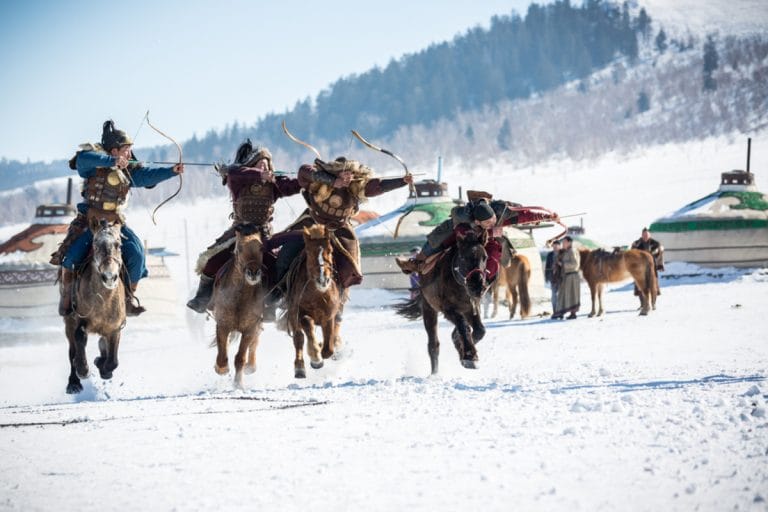🎧 Listen to This Article
With panoramic landscapes, ancient heritage, and rising global interest in spiritual and adventure travel, Mongolia positions tourism as a key pillar of its economic future, backing that ambition with numbers.
The government aims to more than double current visitor numbers and grow tourism to 10% of its GDP by 2030, said Nomin Chinbat, Mongolia’s minister of culture, sports, tourism, and youth.
That would mean welcoming 2 million annual tourists, up from a record 808,000 in 2024, a goal Chinbat called “big and ambitious.”
New Flight Routes Signal Momentum
The strategy has already taken flight literally. United Airlines’ first-ever route to Mongolia landed this week, marking a new era of accessibility for American travelers.
Calling it a “milestone,” Chinbat said the new thrice-weekly service, which connects through Tokyo before landing in Ulaanbaatar, will “at least double” the number of U.S. visitors. Just over 22,000 Americans visited in 2024.
“The USA is one of our source markets… This flight makes it much more convenient,” Chinbat added.
Most current arrivals come from neighboring China, Russia, and South Korea, but Mongolia is now actively targeting North American and Western markets through improved connectivity and marketing.
From 3% to 10% of GDP: A Transformational Goal
Currently, tourism contributes just 3%-4% of Mongolia’s GDP. Reaching 10% would inject $4 billion into the economy annually, which would have a transformational impact on the landlocked nation of just 3.4 million people.
To achieve this, Mongolia is rolling out a multi-pronged national tourism strategy with the help of Boston Consulting Group, focusing on:
- Expanded flight access and air connectivity
- Cultural, eco, and spiritual tourism offerings
- Infrastructure growth through public-private partnerships
- Sustainable development to protect resources and communities
$4 Billion in Infrastructure Investment Needed
Chinbat says the country must invest $4 billion in roads, hotels, and tourist camps to accommodate the coming wave of travelers. New government-backed low-interest, long-term loans are being offered to spur rapid development.
“The government is creating tools for public and private sectors to cooperate and quickly expand tourism infrastructure,” she explained.
Balancing Growth and Sustainability
Even as Mongolia scales up its ambitions, Chinbat emphasizes the importance of responsible growth.
“We need to make sure that our natural resources are sustained. And on the other side, that locals benefit from the tourists coming into Mongolia too,” she said.
That includes job creation in remote regions and ensuring tourism enriches, rather than erodes, the country’s distinctive cultural and ecological fabric.
Why Now? A Global Moment for Mongolia
Chinbat believes the world is ready for Mongolia.
As demand grows for travel experiences rooted in nature, culture, and authenticity, Mongolia’s vast steppes, Buddhist heritage, and nomadic traditions offer an unmatched destination. And with the 2025 tourism numbers already on pace for double-digit growth, the momentum is real.
“Year-on-year growth has been around 9%, and we’re aiming for 16% annually going forward,” she said.
If successful, Mongolia will not only achieve its tourism goals, but it could emerge as one of Asia’s fastest-rising travel hotspots by the end of the decade.
For further details, clarification, contributions, or any concerns regarding this article, please get in touch with us at editorial@tax.news. We value your feedback and are committed to providing accurate and timely information. Please note that our privacy policy will handle all inquiries.



